Sand Rail Basics: Barebones Dune Buggy Off-Road Fun For Pennies On The Dollar
You don't have to invest in a truck or an SUV to have fun off-road. A dune buggy, also known as a sand rail, is a great way to go blasting through the desert at a considerably lower cost. Better yet, whether you chose to build your own or purchase one that's already been put together, sand rails are easy to customize to give you your preferred balance between power and performance.
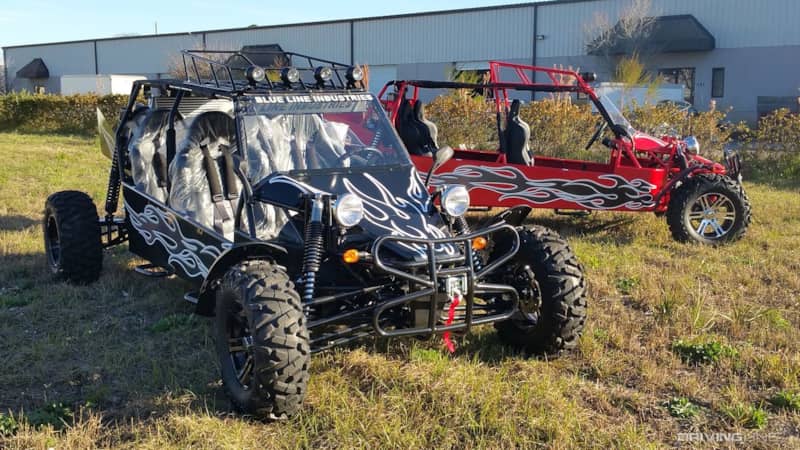
How are dune buggies built, and what does it take to create an all-terrain terror that won't tear up your wallet in the process? Let's see the universe in a grain of sand with this dive into the world of rails.
Dune Buggy Basics
One of the most beautiful aspects of building a sand rail is that there's no set rules as to what kind of a base you need to start with. Buggies come in both rear-wheel drive and four-wheel drive configurations, and can be put together using anything from a custom tube frame to a pre-existing platform salvaged from a wrecking yard.
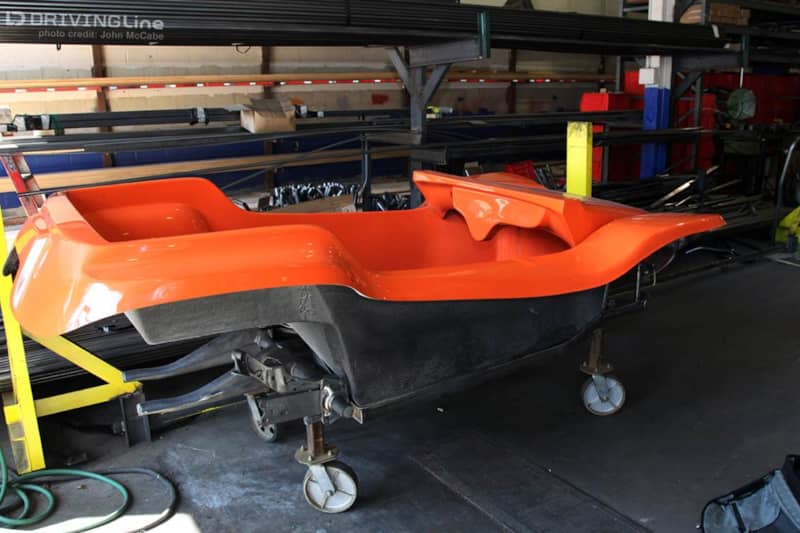
In fact, the latter is how the dune buggy business really got its start in the United States. The lowly Volkswagen Beetle was a frequent target as a platform for kit car builders in the 1960s and 1970s because of its lightweight design, simple drivetrain, and ease of repair. The same was true for sand rail fans, which often incorporated the Beetle's chassis into their projects.
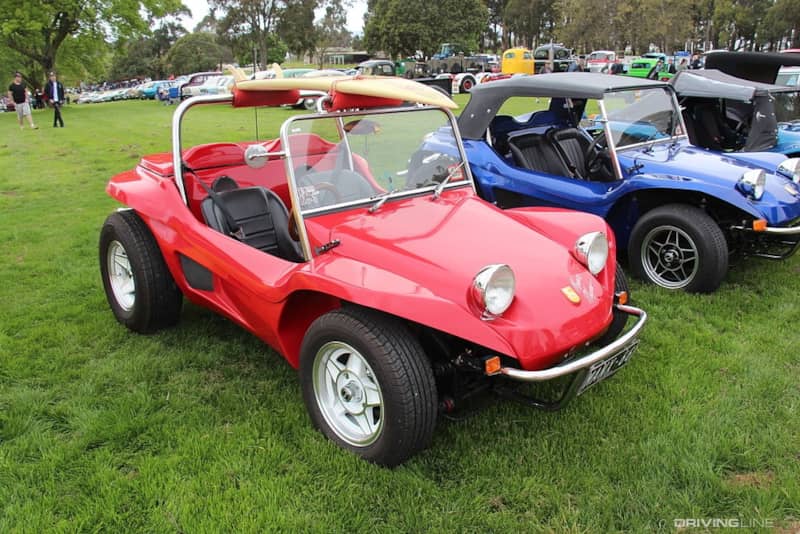
Of these, the most mainstream was the Meyers Manx, which was built in Southern California by Bruce Meyers, which was originally offered in kit form before a surge in copycat designs pushed the number of examples sold past 100,000 by the end of the 1970s (6,000 of which were originals). Although the Manx featured a fiberglass tub that gave it a distinctive styling edge, other designs of the era relied on simple sheet metal bolted to a similarly-modified Beetle platform, which made them ultra-cheap to churn out and easy to bang back into shape when their drivers roughed them up out on the trail.
Lessons From The Past
Current dune buggies still walk a path that would be familiar to Meyers (whose company once again started producing vehicles a few years ago after a decades-long hiatus). Modern manufacturing techniques have significantly expanded the possibilities available to even the most modest driveway operations, however, which means variety is the order of the day when tallying visitors to the sands.
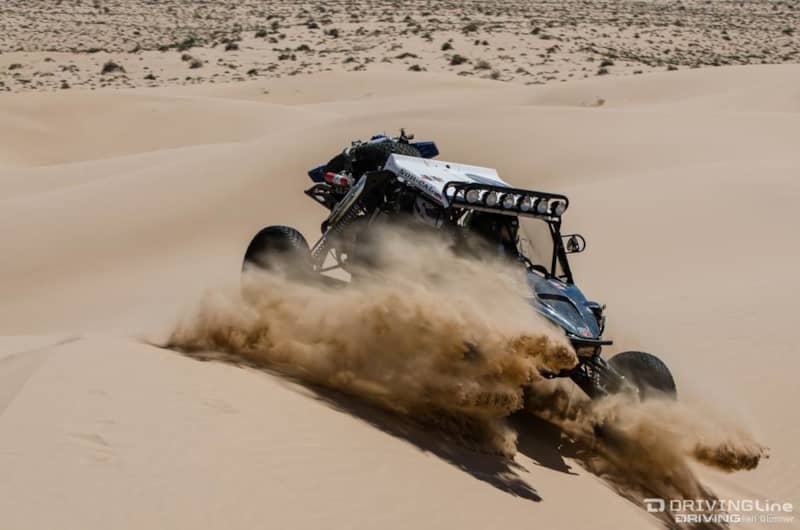
Still, there are some unifying factors that are found across nearly every sand rail build. The most important would be ensuring a low center of gravity, which separates a dune buggy from a traditional truck by giving it a much better chance of climbing steep dunes without the risk of tipping over. As a result, sand rails make use of a relatively long wheelbase given their size in order to improve stability. Rear engine placement remains as common now as it did in the Beetle-centric days, as it helps maintain balance while keeping the sand from being blown in the driver's face by the fan.
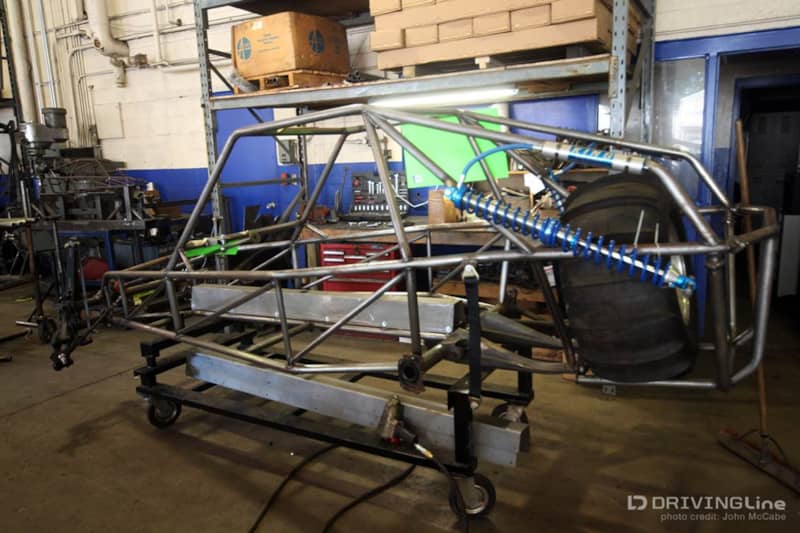
Most rails feature the tube frame design mentioned earlier, which makes it easier to integrate a roll cage, and few bother with body work or any real protections from the elements. Almost every rig makes use of paddle tires with aggressive tread slots that are excellent for floating across the surface of the sand at a high rate of speed (which is required to avoid sinking in and getting stuck).
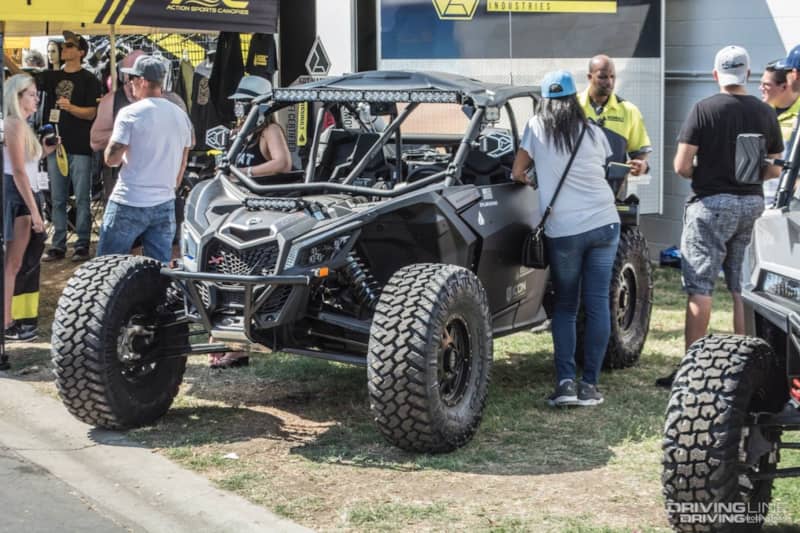
Higher-end rigs will protect riders from the sun (topping the roll cage with a flat panel), as well as the sand (with sealed, flat bottoms that can slide across the sand with ease). The more you're willing to spend, the more suspension modifications and engine updates past the basic four-cylinder setups commonly found in the desert become available to you.

Mightier drivetrains are out there, but dune buggies face a very real weight penalty should they load up with a large displacement engine. The heavier the engine, the more difficulty a rail will have staying on top of the sand, and the risk of instability on an incline or decline also increases. That being said, it's not uncommon for power adders and exotic fuels such as methanol to boost output on smaller motors into the 200 horsepower to 500 horsepower range. Those who pursue V8 applications push from the rail category into the 'sandcar' world, where vehicles can often way twice as much and trade maneuverability for speed and brute force.
Stepping Stone Or Stay A While
Surprisingly, in a world where all-terrain vehicles like side-by-sides and four-wheelers have become increasingly sophisticated (not to mention powerful), sand rail and dune buggy culture has remained remarkably resilient. Old school buggies and rails are often viewed as stepping stones to larger Ultra 4 competitors made famous by events like King of the Hammers, and they make a remarkably good starting point for anyone seeking to get involved in off-road racing at a grassroots level.
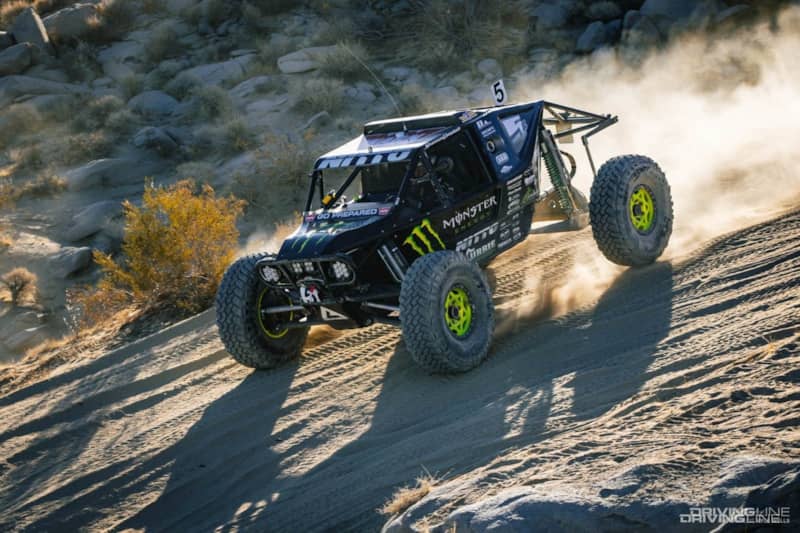
Even if you decide to stick with a rail rather than move on to a bigger and quicker off-road vehicle, you'll have plenty of company on the dunes each and every weekend whether you're in California, Utah, or Michigan. Anywhere there's sand, a spare Beetle chassis, and a group of friends who want to go fast when the pavement ends, you're likely to find a buggy tearing things up.
What's Ultra 4 racing? Get caught up on the history of the King of the Hammers.







